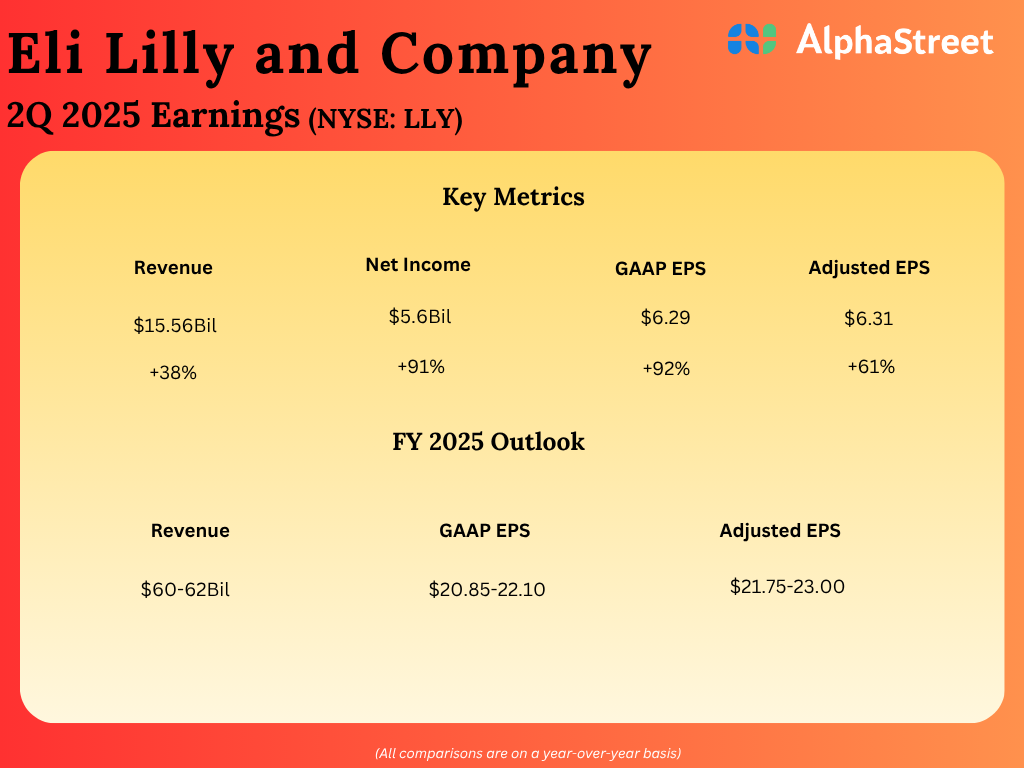Sales and marketing teams in financial services have traditionally worked in their group silos focusing on separate issues. These kinds of activities would tend to reflect a focus on tactics rather than an understanding of what drives purchasing considerations among today’s investors and intermediaries. While deploying various tactics can help, a financial firm can generate far more significant positive results by encouraging greater flexibility and participation in these teams working together to play a more creative role in delivering a strategic and effective message to the marketplace.
In order to better understand the issues and potential strategy behind sales and marketing integration, we reached out to financial services marketing expert and Founding Institute member, Dan Sondhelm of Sondhelm Partners – an experienced provider of marketing, public relations and sales strategies for the asset management and RIA industries. His firm won the Hedgeweek US Awards 2023 Best Third-Party Marketing Firm accolade, along with a strong third place in the Best PR & Marketing Firm category. We will be exploring Dan’s thoughts and insights on why and how to develop an integrated strategy for financial services sales and marketing teams.
Hortz: Why are you such a strong proponent of an integrated marketing and sales strategy?
Sondhelm: There is so much a firm can gain with an integrated marketing and sales strategy, including a more efficient allocation of resources, greater alignment of goals and efforts to achieve them, and more consistent messaging up and down the organization, all resulting in a greater return on investment (ROI).
When fully integrated, marketing can create more targeted campaigns to better support sales efforts leading to increased lead generation, more qualified leads and an improved customer experience through more consistent and relevant messaging across all touchpoints, all leading to more sales conversions that drive revenue.
All that is made possible through data-driven decision-making, which is a hallmark of an integrated sales and marketing strategy. By sharing data between teams, financial companies can gain deeper insights into their target audience, their behavior and the effectiveness of their sales and marketing efforts. This data can then be used to make more informed decisions and improve future campaigns.
The challenge for many firms is they tend to lean in one direction or the other. They may only have the budget to hire one person to guide their marketing and sales efforts. If they hire a person experienced in sales, they will likely focus on their sales efforts. Or they may hire a marketing person with little experience in sales.
To have any chance at achieving sustainable AUM growth, firms must prioritize both marketing and sales with the necessary resources to optimize results under one cohesive strategy. It may be too much for a smaller firm to do that all at once but it is critical to move in that direction, taking baby steps if necessary.
Hortz: What does an integrated sales and marketing strategy look like? Can you share a few examples?
Sondhelm: Generally, when sales and marketing are on the same page in terms of planning, messaging and priorities, a firm can increase efficiency while achieving more powerful results. For example, a marketing strategy focusing on content marketing, digital advertising and social media engagement can generate more qualified leads to fill the sales pipeline.
Marketing can further help the sales team by creating marketing materials such as product brochures, videos and demos that can educate potential customers about the features and benefits of the product or service. This can help the sales team by giving customers the information they need to make informed decisions.
Marketing should weave the same look, feel, messaging and quality into sales collateral, including sales decks, case studies and customer testimonials to support the sales team in opening and closing more deals.
In addition, small firms need to build a “buzz” around them to add credibility to their marketing efforts. When the marketing plan includes a public relations strategy through media outreach, thought leadership content and influencer marketing, it can increase brand awareness, generating more interest in the firm and its products or services. It also helps establish the company as a trusted authority, making the sales team’s job easier by creating a positive impression of the brand before the sales pitch even begins.
The bottom line is that effective marketing creates more sales and generates more revenue, but the two must function synergistically for optimum results. If salespeople are the linchpin of a firm’s revenue growth, marketing is the engine that keeps leads flowing. Add in a well-conceived public relations and communications strategy to tell the firm’s story and increase brand awareness, then watch your salespeople’s confidence level and production soar.
Hortz: How can digital engagement data from marketing efforts help support the sales team?
Sondhelm: Investing in good data and digital marketing automation enables a firm to better direct resources for maximizing the return on time and effort. Digital engagement data from marketing efforts can provide valuable insights that can help support the sales team in several ways.
First, by tracking digital engagement data such as website visits, downloads and email opens, marketing teams can identify potential leads who have shown an interest in the company and its products or services. This information can be shared with the sales team to help them prioritize their outreach efforts.
It can also harvest deeper insights into prospects’ interests and preferences, which can be used to personalize the sales pitch and tailor it to the prospect’s specific needs and pain points. Also, by tracking digital engagement data, marketing teams can monitor prospect behavior and identify when they are showing signs of readiness to buy. This information can be shared with the sales team to help them identify the right time to make the sales pitch.
When shared with the sales team, digital engagement data can help them improve the sales process by better understanding their prospects’ behavior and preferences. Those insights can lead to more targeted and relevant sales collateral or adjusting the sales pitch to address specific pain points.
Finally, digital engagement data can provide insights into the effectiveness of marketing campaigns. Marketing teams can identify which campaigns generate the most interest and leads by analyzing metrics such as website traffic, click-through rates and conversion rates. This information can be shared with the sales team to help them understand which prospects will most likely convert into customers.
Hortz: How can the sales team support marketing?
Sondhelm: When working synergistically through an integrated plan, the sales team can support marketing in a number of critical ways. Through their activities, the sales team can gather a treasure trove of insights and data that marketers can use to hone the firm’s messaging and create more effective marketing materials and sales collateral that resonate with the target audience. The marketing team can use insights gained from customers about their needs, pain points and preferences to create more targeted and relevant campaigns to improve lead quality.
Other ways the sales team can provide high-value marketing support include providing case studies and testimonials from satisfied clients that can be used to build credibility and provide social proof. The sales team can also help marketing by increasing brand awareness as brand ambassadors and promoting the company and its products to their networks.
Finally, the sales team can provide training and support to the marketing team on product knowledge and customer insights. This can help the marketing team stay on top of what is relevant and what resonates with their target audience.
The Institute for Innovation Development is an educational and business development catalyst for growth-oriented financial advisors and financial services firms determined to lead their businesses in an operating environment of accelerating business and cultural change. We operate as a business innovation platform and educational resource with FinTech and financial services firm members to openly share their unique perspectives and activities. The goal is to build awareness and stimulate open thought leadership discussions on new or evolving industry approaches and thinking to facilitate next-generation growth, differentiation, and unique community engagement strategies. The institute was launched with the support and foresight of our founding sponsors — Ultimus Fund Solutions, NASDAQ, FLX Networks, TIFIN, Advisorpedia, Pershing, Fidelity, Voya Financial, and Charter Financial Publishing (publisher of Financial Advisor and Private Wealth magazines).
The views and opinions expressed herein are the views and opinions of the author and do not necessarily reflect those of Nasdaq, Inc.








































